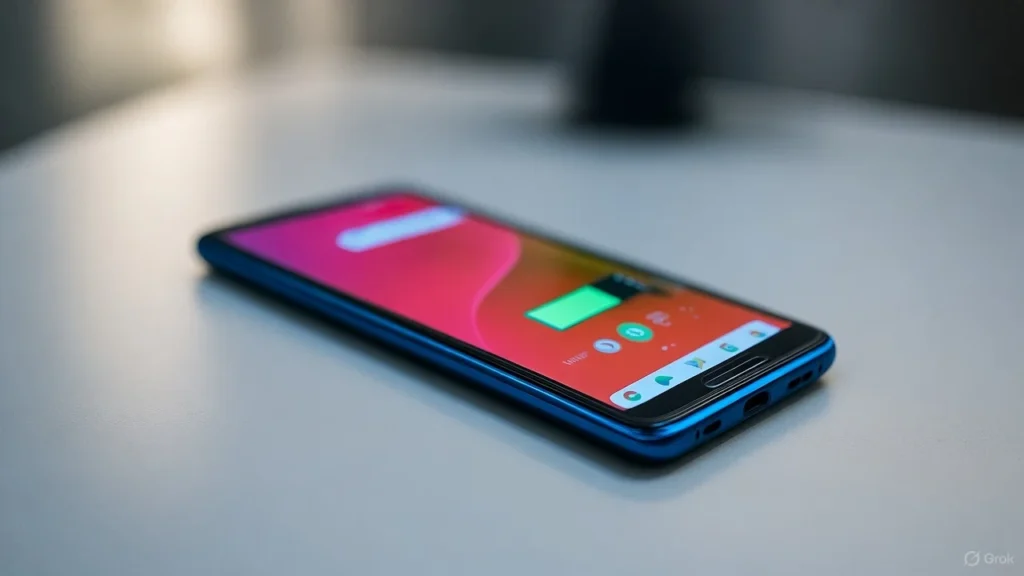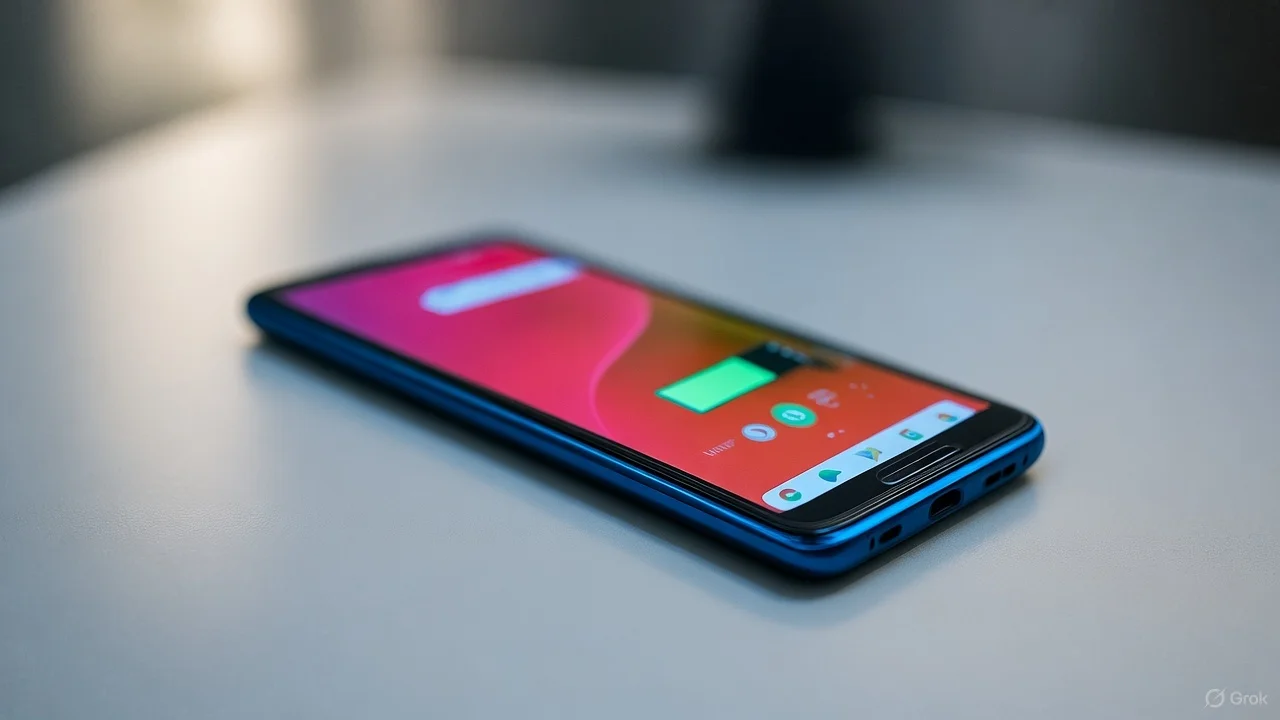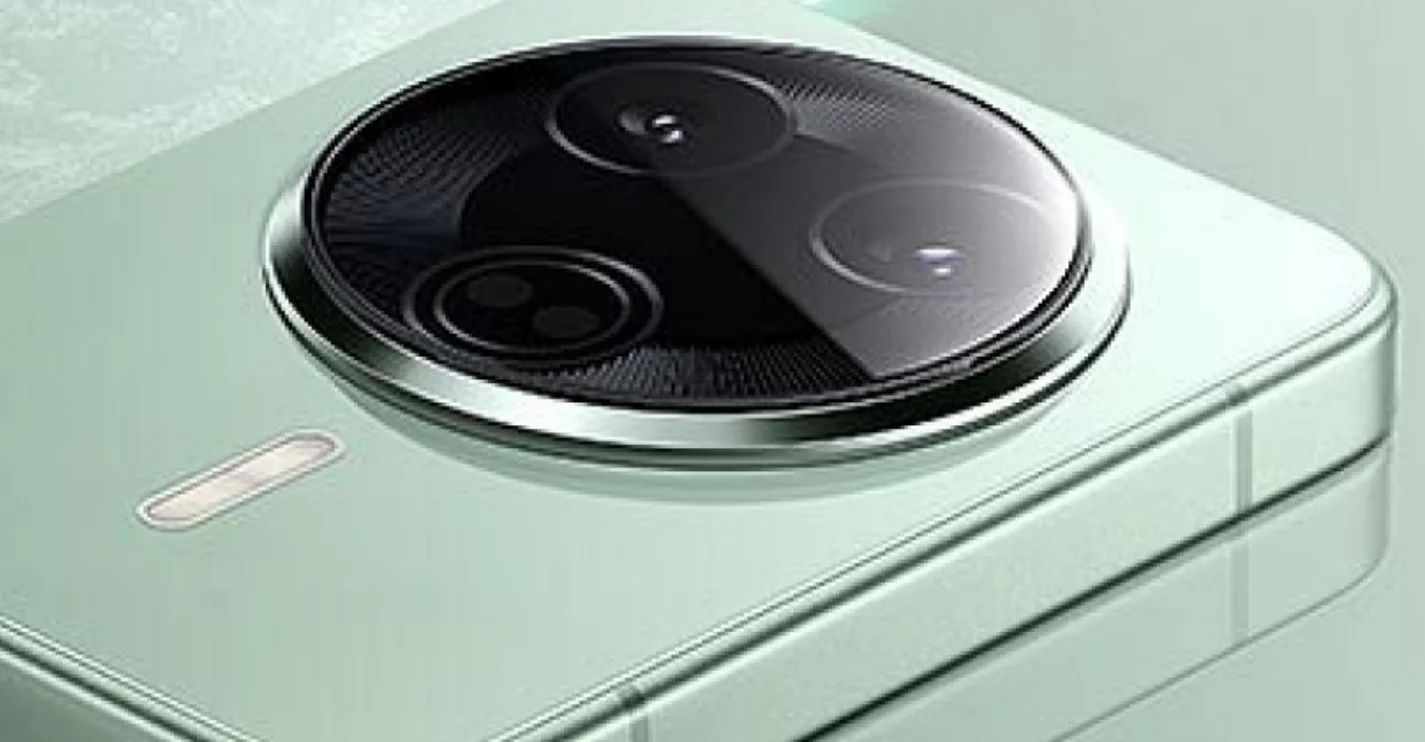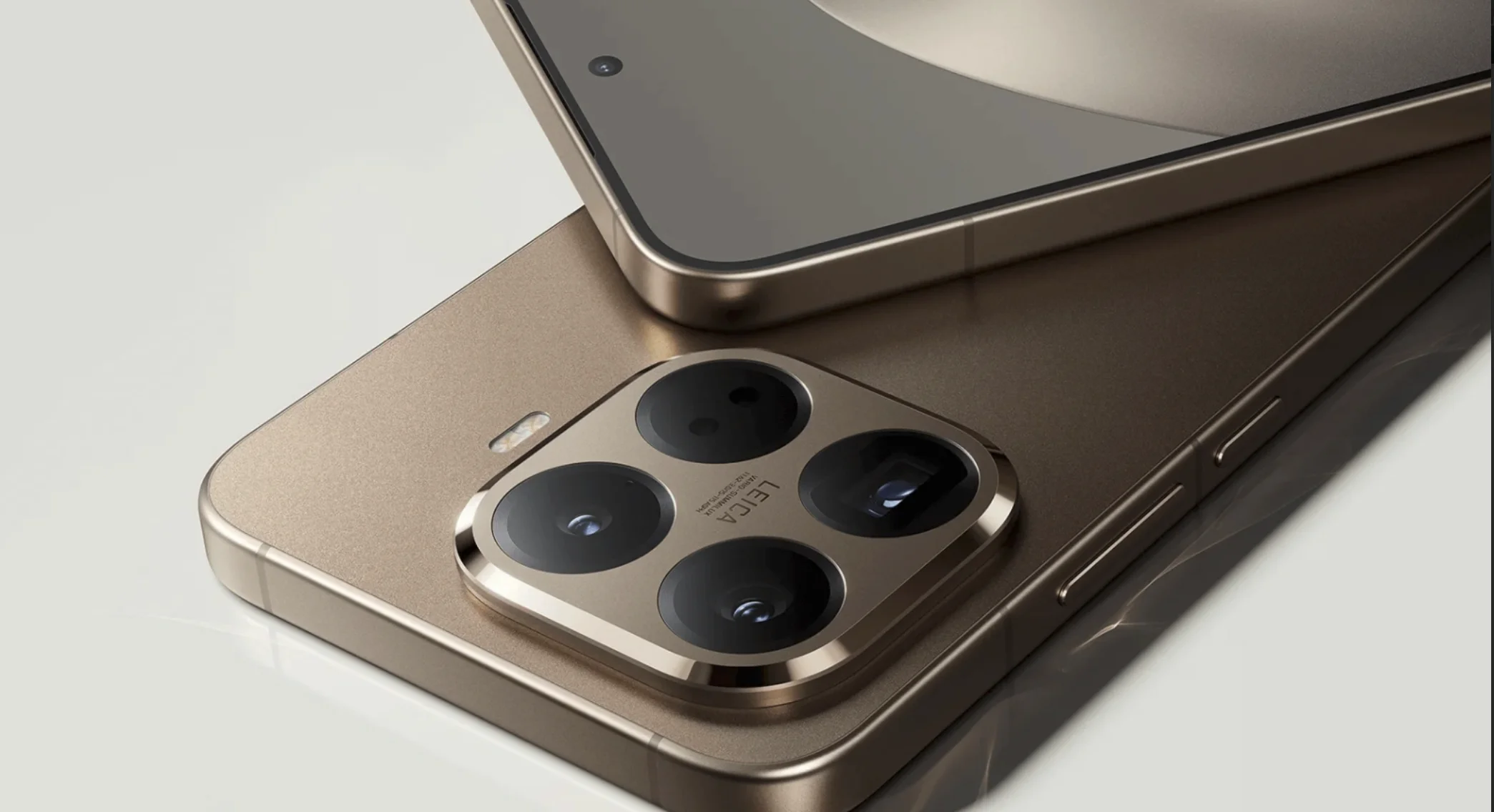Revive Your Xiaomi: 5 Easy Steps to Make It Feel New

So, you’ve got a Xiaomi phone, and let’s be honest, as much as we love them, sometimes they start to feel a little… sluggish. Maybe the battery drains faster than you’d like, or apps just don’t open as snappily as they used to. It’s a common problem, and it can be super frustrating, especially when you’re thinking about shelling out for a brand new device. But what if I told you that you don’t always need to upgrade?
With the latest advancements, especially with HyperOS (yep, that’s the 2025 update we’re talking about!), and a few smart habits, you can actually breathe new life into your current Xiaomi. We’re talking about making it feel practically new again, without spending a dime. I’ve been digging into some tried-and-tested tips and the latest optimization recommendations for devices like the upcoming Xiaomi 15 or the Redmi Note 14, and I’ve boiled it down to five practical tricks. These aren’t just about making your phone faster; they’re about extending its life, keeping that battery humming, and avoiding that dreaded premature obsolescence. So, buckle up and let’s give your beloved Mi a serious refresh!
Don’t Replace Your Xiaomi: Do THIS and It’ll Feel Brand New!
In today’s world, our smartphones are basically extensions of ourselves. Seeing a perfectly good Xiaomi device start to slow down or lose its juice can be a real bummer. But before you start eyeing those shiny new models, hold up! With the latest iteration of Xiaomi’s operating system, HyperOS 2025, and some clever everyday practices, you can seriously extend the lifespan of your trusty phone. Based on expert advice and optimization strategies for devices like the Xiaomi 15 and Redmi Note 14, here are five practical steps to revive your Xiaomi. You’ll boost performance, save battery, and keep your phone from becoming obsolete too soon. Let’s dive in and give your Mi a much-needed facelift!
1. Unleash the Beast: Smart Cleaning with Xiaomi’s Security App
One of the coolest, yet sometimes overlooked, features on Xiaomi devices is its built-in Security app. In HyperOS 2.0, this bad boy has evolved into a comprehensive diagnostic tool. It’s brilliant at clearing out accumulated cache, ditching pre-installed bloatware, and even freeing up RAM on the fly. According to tech gurus who are all over 2025 optimizations, like those at XiaomiTime, doing a quick weekly clean-up can seriously boost responsiveness – think up to a 30% speed increase on models like the Poco X7 Pro!

How to Get Your Clean On:
- Open Up Security: Just find the Security app in your app drawer.
- Hit “Clean”: Select the “Clean” option. This will start a scan.
- Be Ruthless (with bloatware): Once scanned, you can uninstall unnecessary apps like Mi Video or those default themes that just eat up resources in the background.
- Older Devices? No Sweat: If you’re rocking a slightly older model, don’t worry. You can check out alternatives like the MemeOS Enhancer on Google Play. It can unlock hidden functions without needing root access.
This simple trick doesn’t just make multitasking smoother; it also helps prevent your phone from overheating, which is a major issue during those intense gaming sessions. The result? A phone that feels like it’s fresh out of the box, without costing you a single extra cent.
2. Be Kind to Your Battery: HyperOS’s Slow Charge and Night Protection
The battery is, without a doubt, the heart of any smartphone. And with HyperOS, Xiaomi is really stepping up its game to minimize battery wear and tear. The absolute star feature here is “Slow Charging”. You can find this in Settings > Battery. What it does is reduce the charging speed, which in turn prevents those heat spikes that can degrade your lithium-ion cells over time. Also, try not to keep your phone plugged in at 100% all the time. Unplugging it around 80-90% can actually extend its lifespan by up to a whopping 20%, according to 2025 tests by Gizchina.
Unlock Your Battery’s Full Potential:
- Nighttime Guardian: Another gem in the system is “Night Charge Protection”, available in HyperOS 2.0. This smartly adjusts your overnight charging cycle based on your daily usage patterns, pausing at 80% to keep your battery healthy.
- To activate: Go to Settings > Battery > Additional Features > Battery Firmware Updates.
- On devices like the Xiaomi 15 Ultra, this can genuinely add 2-3 hours to your daily battery life.
- Extreme Power Saver: Don’t forget to complement this with the Ultra Power Saving mode. It’s a lifesaver when you’re really low and need to stretch that battery as far as possible by limiting background apps.
With these simple habits, your lithium-ion battery isn’t just going to last months; it’s going to last years.
3. Strategic Updates: Prioritize Security Patches on Older Models
Xiaomi has been stepping up its update game, promising up to six years of support for flagships like the Xiaomi 15 and a solid four years for mid-rangers like the Redmi Note 14. That’s pretty awesome! However, on older devices (think pre-2022 models), a full HyperOS overhaul might sometimes be a bit too much for the hardware, leading to slowdowns. The trick here is to update strategically. Your priority should be those monthly or quarterly security patches rather than major version upgrades, which often come packed with heavy AI features and flashy animations that can bog down older hardware.

Smart Updating for Your Aging Tech:
- Enable Automatic Downloads: Head over to Settings > About Phone > System Updates and turn on “Automatic Downloads.” This keeps your device secure without the performance hit, often by as much as 15%, according to Android Authority.
- End-of-Life (EOL) Devices: For devices that are officially end-of-life, like the Mi 10, Xiaomi still offers critical fixes through their Security Center. It’s good to know they haven’t completely forgotten about them!
- Lagging After an Update? If you notice your phone lagging after a major update, try disabling animations in Developer Options. To enable Developer Options, just tap on “MIUI Version” (or “HyperOS Version”) seven times.
This balanced approach ensures your older Xiaomi stays protected against vulnerabilities (even those related to Android 16!) without sacrificing that smooth, fluid user experience you love.
4. Periodic Factory Reset: A Fresh Start Every 1-2 Years
Over time, no matter how well you maintain your phone, a build-up of junk files, conflicting app data, and slightly wonky configurations can start to slow things down. Think of a factory reset as a digital detox. Doing it every year or two wipes everything clean and restores your system to its pristine, original state. For HyperOS, this is a fantastic way to fix annoying issues like bootloops, excessive battery drain, and those pesky post-update glitches. Users on Reddit forums in 2025 have reported performance improvements of up to 40% after a reset!

How to Perform a Factory Reset (with caution!):
- Backup First! This is crucial. Make sure you back up everything important using Google Drive or Mi Cloud.
- The Reset Process:
- Go to Settings > About Phone > Backup & Restore.
- Select “Factory Reset” and then “Erase All Data.”
- Phone Won’t Boot? If your device is completely unresponsive, you can try entering Recovery Mode. Hold down the Volume Up button and the Power button simultaneously, then select “Wipe Data/Factory Reset.”
- Post-Reset: Once your phone is back to its factory settings, only reinstall the apps you absolutely need. This prevents the immediate reintroduction of junk. Tenorshare actually recommends this for devices like the Redmi Note 13, which can accumulate 5-10 GB of junk files over time.
Important Note: A factory reset erases everything. So, use this as a last resort when you’re ready for a truly fresh start, absolutely free of charge.
5. Repair, Don’t Replace: Smart, Affordable Fixes at Official Centers
Thinking about buying a new phone because your battery is shot or the screen has a crack? Hold on! Getting a battery or screen replaced at an official Xiaomi service center is significantly cheaper – we’re talking up to ten times less than a brand-new device. Back in 2025, Gizmochina reported that a battery for the Xiaomi 15 was around 199 yuan (roughly $25 USD), and a display for the 15 Ultra was about 1,350 yuan ($170 USD). Compare that to the $900 USD price tag for the whole phone! For mid-range models like the Poco F7, basic repairs usually fall between $50-$100 USD, including labor.
Keep it Running and Save Cash:
- Find Authorized Centers: You can usually find official service centers listed on the Xiaomi website for your region or by contacting local Xiaomi support.
- Stick to Official: It’s best to avoid unofficial repair shops. They might use subpar parts, and it could even void your warranty.
- Beyond Battery & Screen: Even more significant repairs, like a motherboard replacement, could cost around $400 USD, which is still substantially less than buying a new phone that might cost $600 USD or more.
- Eco-Friendly Choice: This isn’t just about saving money. By choosing repair over replacement, you’re also doing your bit for the environment by reducing electronic waste. In Italy, for example, the average cost of a Xiaomi repair is just €86, according to Statista.
Opting for professional repairs is a smart way to keep your phone not only functional but also environmentally friendly for longer.
Giving Your Xiaomi a Second Life is Totally Achievable
So, there you have it! These five handy tricks – optimizing with the Security app, being a friend to your battery, updating smartly, performing periodic factory resets, and opting for affordable official repairs – can truly transform a tired Xiaomi into a performance champion. Try implementing one tip each week, and I guarantee you’ll notice a difference. Remember, true longevity comes from good maintenance, not constant replacement. Which of these amazing tips are you going to try first? Your phone will definitely thank you for it!






